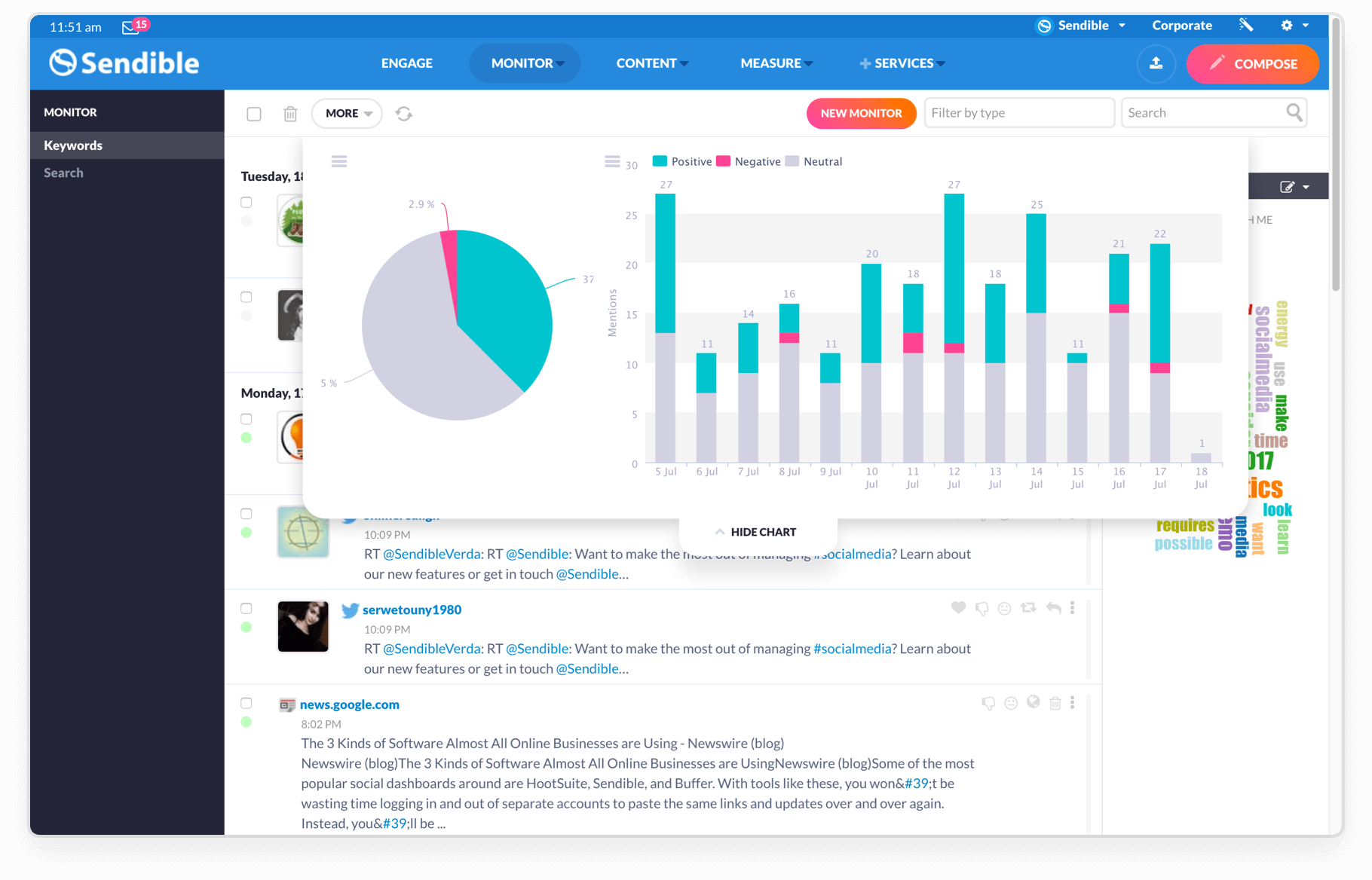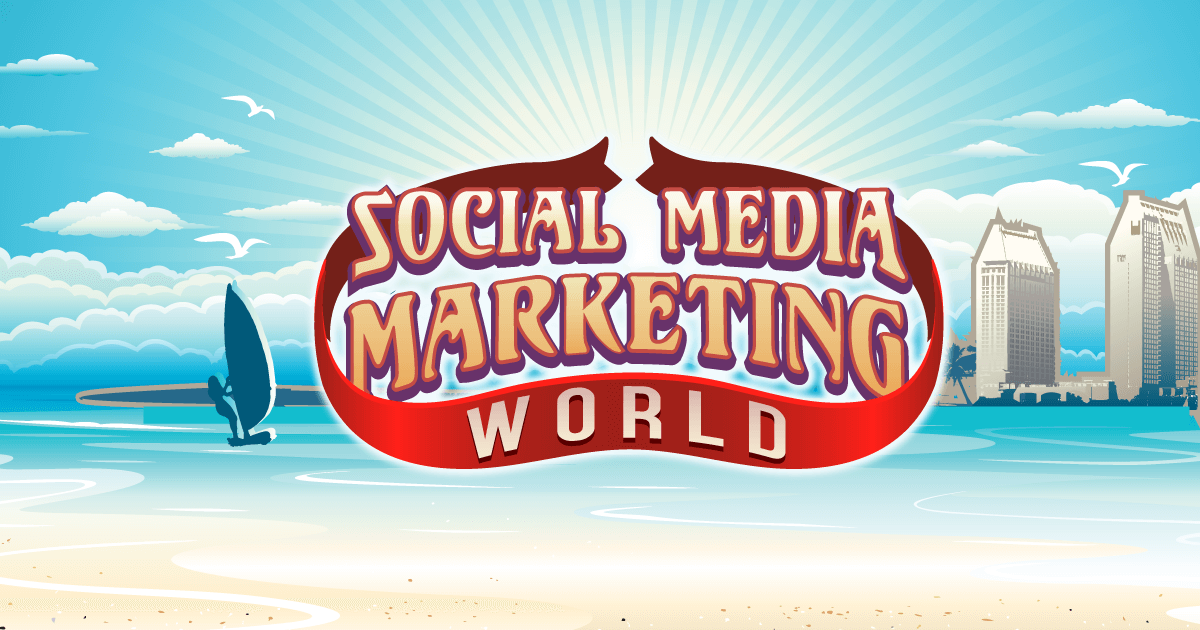
Marketing campaigns can use visual content in the form pictures, videos and infographics. You don't have to use photos as the main visual content. Your videos can entertain or educate, depending on their target audience. You'll get the results you want, regardless of whether your videos are photos or videos. Below are some of the most common visual content types. You can experiment with various types of videos to determine which ones work best in your business.
Video
Despite the rise of content marketing through various mediums, few media formats have the power to captivate audiences like video does. Video is an excellent tool for marketing. Recent research found that 92% consumers will view a video testimonial to help them make a decision about whether or not they want to buy. You can draw more attention to your company and help establish your unique differentiation.
Video has the potential to break down language barriers and reach a broader audience. In 2016, around 75% of the world's internet users lived outside of the top twenty countries, while just 13% were based in North America. Video is more effective than text-based content in breaking down language barriers and helping digital marketers reach a global audience. This makes it easier for your audience to comprehend your message. Videos are more engaging than ever before.
Infographics
Visual content can range from images to charts and illustrations. Infographics make it easy to explain complex topics to a large audience. Infographics are much more widely shared and liked than text. Infographics can be easier to read, make complex topics more understandable, and provide other benefits. Many brands are using infographics to reach target audiences.

Infographics require more than just visual content. They also need to be thoroughly researched and analysed. An infographic that is irrelevant will not be appreciated by the audience and may even be dismissed as boring. To get more exact data, polls can be used to do research. SproutSocial can help if you have any questions. Its user-friendly interface makes it easy for you to publish your infographic. And if you don't have the time to complete it, you can also use a third-party platform for free to distribute your infographic.
Screenshots
It is hard to overstate the importance of screenshots when it comes to visual content. These images can be used as reference material or a new artifact. They can also be shared and viewed easily by other users within the same digital ecosystem. For both consumers and creators, the screenshot is an important visual tool. But, screenshotting is a problem because it is subject to legal restrictions. These are some helpful tips for properly using screenshots.
The screenshot is an extremely visual medium that can be veraciously used in a digital environment that generates a lot of data. It tells a story regarding our relationship with screens. Screenshots show the variety of values and functions we interact with in a screen-mediated environment. The screenshot's frame and its visible as well as invisible aspects reveal how we relate with the digital environment. Moreover, screenshots are very useful for explaining complex concepts.
Illustrations
Illustrations are one way to attract attention and encourage users to take action. Illustrations can add character and brand identity to a website, as well as enhance the storytelling aspect. They are also a great way to communicate a concept or idea. It is important to maintain consistency in the illustrations and to brand them in a subtle manner to allow users to associate them with a particular brand. Here are some tips for using illustrations in your website.

Images are associated with quality, consistency, and nostalgia. Illustrations are a great way for brands to maintain continuity. Plus, illustrations can be customized to your brand message. Illustrations can appear anywhere on the website. They can be used from product packaging to product information pages. These illustrations can also be used in marketing collateral or print materials. This gives you freedom to communicate your message with your creativity.
FAQ
What are the seven steps of content marketing
The seven-step process for content marketing includes:
-
Identify the problem
-
Find out what's currently working
-
Find new ideas
-
Turn them into strategies
-
These are the best!
-
You can measure the results
-
Repeat the cycle until you find something that works.
This approach has been proven to work well for businesses large and small.
Why do I need a Content Marketing Strategy? Why not just post social media updates or send emails?
Two reasons to ignore Content Marketing Strategy are:
-
You might think that email marketing and social media posts are enough to get people talking about your brand.
-
You might think that posting on social media or email marketing is impossible if you haven’t tried it.
Both assumptions are incorrect.
Email marketing and postings on social media can be great ways of communicating with prospects and customers. They're not enough on their own.
Your goals can't be achieved by an email campaign. It should be part of a larger strategy. Social media posts are not enough to achieve your goals. These posts should be part of a larger plan.
A Content Marketing Strategy is the key to this success. A Content Marketing Strategy is a plan that sets clear goals for each piece. This will allow you to manage the entire content creation process.
As a consequence, you will be able spend more time on other vital aspects of running your business, such as growing your customer base and increasing conversion rates.
While there are many advantages to having a Content Marketing Strategy in place, it does not make it easy.
It is important to have a strategy.
Is content marketing successful?
Yes! According to Hubspot, "Content Marketing has become one of the top three digital marketing channels for lead generation."
Statistics
- Out of the 1,500 marketers we surveyed for our State of Content Marketing report, 78% who felt their content marketing strategy was exceptionally effective in 2021 had documented their strategy. (semrush.com)
- This marketing strategy landed Ford a 15.4% conversion rate. (neilpatel.com)
- Seventy-two percent business to business (B2B) (mailchimp.com)
- Measure your goals with a progress indicator of 0-100%. Make your goals collaborative and transparent (semrush.com)
- According to research compiled by Coschedule: Companies that publish 16+ blog posts a month get as much as 3.5x as much traffic as those that publish 0-4 posts a month. (criteo.com)
- Content marketing produces 3X more leads per dollar spent. Content marketing costs 62% less than traditional marketing. (criteo.com)
- We found that 40% of businesses don't have a documented strategy yet. (semrush.com)
- In fact, would pay more for a better customer experience, and 86% of B2B buyers would pay more. (neilpatel.com)
External Links
How To
How to create beautiful images
Images can make your content stand out among others. Images are a great way to communicate ideas visually. They are effective at drawing attention and increasing engagement. They're great at communicating complex concepts quickly and effectively. ).
Images are a great way to bring life and energy into a piece of writing. You could end up with mediocre results if you don’t know how to select the right image. This article will offer some helpful tips for selecting the best images to use for your next project.
-
You need to know what makes an image look good. When choosing which photos to use, there are many things that you need to remember before you even start looking at them. First, choose images that are simple and clear. A messy photo won't do the trick. It will not grab attention like a simple, clear image. Avoid images that have people not smiling or staring directly into the camera. This is because it gives the impression that whatever you say isn't very interesting. You want the image to not distract from what you are trying to convey. If it draws too much attention away from the content, then it's probably not ideal.
-
Look for inspiration. Once you have a list of possible candidates, it is time to look through them and select those that interest you. The first thing you should do is take a look at their captions. You will see that some photographers include them in the image, while others separate them. You want to make sure the caption is clear and interesting. Pay close attention also to the context of your photo. Is this a place you would expect to see people having fun? Maybe it looks too dangerous. Maybe you associate it with sadness. Whatever the reason, think about the reasons you like the image and the relationship it has to the message that you are trying convey.
-
Try different types images. Images can be used to highlight important aspects of your text. If you are writing about a product, an image showing the item in action might be helpful. An image that shows the data in your infographic may also be helpful. Visual aids like these will draw people closer to your information and make them feel more connected to the content.
-
Choose the right file format. The file format you use is one of the most important things to consider when choosing images. When working on web pages, you generally have two options: JPEG and GIF. Both of these file formats are great, but each has advantages and disadvantages. JPEG files are suitable for any sort of media, including websites and social media posts. These files work well for photos because they store large amounts in a limited space. They do tend to lose quality and become pixelated over time. GIFs can be used for graphics and animation because they are smaller than JPEGs. GIFs don't allow transparency which makes them unsuitable for photo editing.
-
You can also include other visuals. Additional visuals are a great idea if you have trouble thinking of images. As it is a distraction-free environment, it can improve the effectiveness and usability of your post. This makes them less likely to abandon your site after reading your article. You can create infographics on your website to add more visuals. Infographics have become very popular as they are quick and easy ways to share many useful information. In addition, they usually contain plenty of pictures, which makes them ideal for adding to your blog posts.